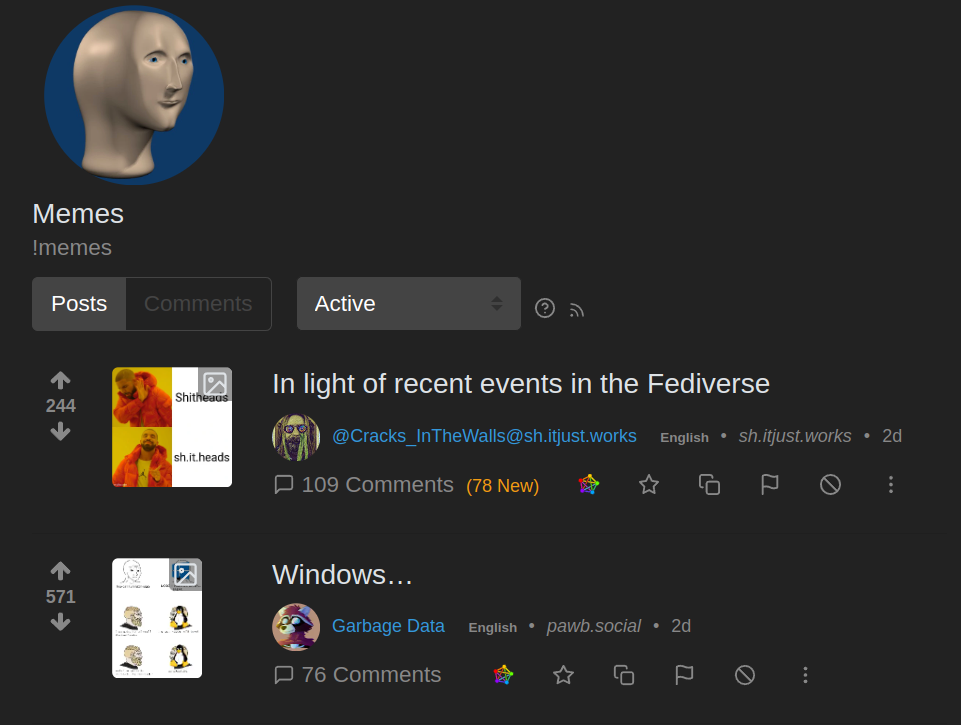If you visit a popular community like /c/memes@lemmy.ml with your web browser, the images shown are hotlinked from the Lemmy instance that the person posting the image utilized. This means that your browser makes a https request to that remote server, not your local instance, giving that server your IP address and web browser version string.
Assume that it is not difficult for someone to compile this data and build a profile of your browsing habits and patterns of image fetching - and is able to identify with high probability which comments and user account is being used on the remote instance (based on timestamp comparison).
For example, if you are a user on lemmy.ml browsing the local community memes, you see postings like these first two I see right now:

You can see that the 2nd one has a origin of pawb.social - and that thumbnail was loaded from a sever on that remote site:
https://pawb.social/pictrs/image/fc4389aa-bd4f-4406-bfd6-d97d41a3324e.webp?format=webp&thumbnail=256
Just browsing a list of memes you are giving out your IP address and browser string to dozens of Lemmy servers hosted by anonymous owner/operators.
Now that is purely passive, just data collection from routine serving of images.
A rogue site could start serving crafted images to confuse users or cause NSFW content to appear on all other Lemmy sites where users were browsing a meme.
When you have small-time image hosts being used by the dozens, they likely aren’t as worried about their reputation being burned by pranks like this.